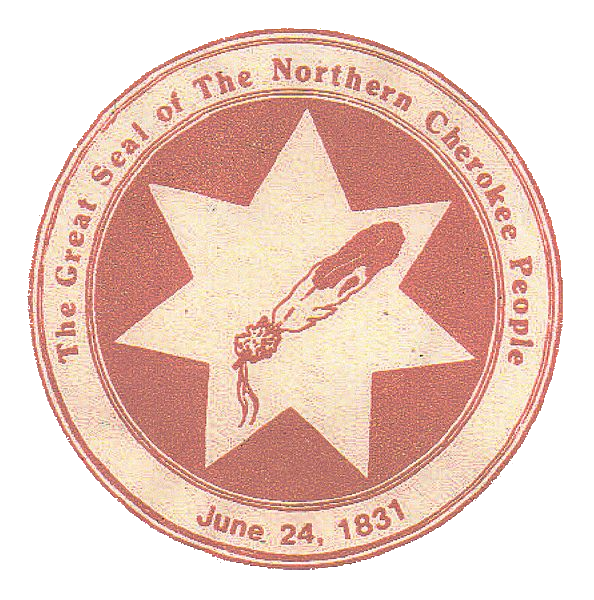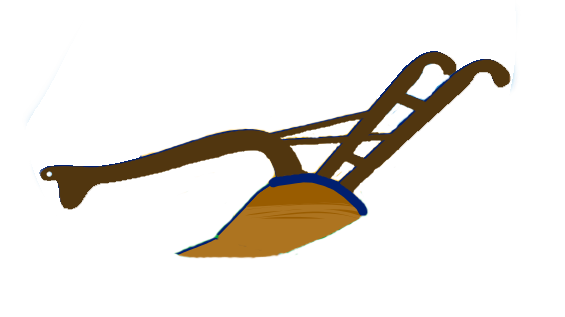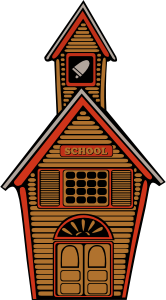 Others would trade and barter for wool. Wool cloth was colored with materials they could find in nature. The cloth was dyed with red clay, boiled onion skins, walnut hulls, and other things they might find.
Others would trade and barter for wool. Wool cloth was colored with materials they could find in nature. The cloth was dyed with red clay, boiled onion skins, walnut hulls, and other things they might find. Before early settlers came to North Georgia, it was Cherokee country. Westward expansion pushed the Cherokee out. The family history of Marion Clifford Holden tells the story. Our thanks to his grandson and a family history assignment at the University of Georgia for the interesting history of some of North Georgia's pioneers.

Marion's great-grand father came to the middle of the Cherokee Indian Nation from North Carolina. The area he came to is now North Georgia. He and his family made friends with the Cherokees, bought land from them, and hired them to help build their log cabins.
This was a tough time for the Cherokee for several reasons. Gold was probably discovered in Dahlonega in 1828. By 1829 there was a rush by thousands of people to come and find gold. The Indians claimed most of the land. Then the state of Georgia passed laws to help new settlers who were coming to the state. The new laws were against the Native Americans. In addition, President Andrew Jackson pushed laws through Congress that removed Native Americans from their homes. They were moved to other locations further west. At that time, the state of Georgia also set up a lottery that divided up sections of land and allowed people to buy it.
Families that were arriving in North Georgia would move onto a spot in a cove, a sheltered area at the foot of some hills. They looked for places that had a spring or some water. They would build a house there and clear the land up the hill from the house. A good source of water was then at the center of the farm. This way of doing things was important because the water had to be carried by hand. Another reason for building at the bottom of a cove was so that the crops could then be hauled down hill on a sled to the house and barn.
Usually families were large. Marion had eight brothers and sisters. His father's family had 10 children. When a person got married, he or she would move up the mountains, find a cove near water, and clear the land. By 1875 the Holden family was spread all along the Blue Ridge divide.
North-Georgia farmers needed to be strong people. Families had to be independent because they were not near very many other people. Most did not have very much money. If a family did not grow their food or get it in the woods then they pretty much just went without it.

Corn was the main crop. They also grew beans, peas, potatoes, onions, cabbages, turnips, pumpkins, and rye. The corn and rye would be taken to a water-powered mill to be ground. Mountain people did not grow tomatoes because they were thought to be poisonous or harmful to eat.
Cattle and hogs were also raised. The cattle would graze freely in the hills. The cattle were marked so the farmers could tell who owned them. If there were extra cattle that a family did not need at that time, they could herd them to Atlanta to sell. Buckhead was where they would go to sell the extra animals.

Most families also had milk cows, chickens, ducks, and turkeys. Eggs from the chickens could be sold or traded at a local store or in Atlanta. The cash from any sales could be for things they needed. Some of the extra things they would buy were salt, baking soda, pepper, sugar, and coffee.
Marion's family usually ate well. They had plenty of beef, pork, game from the woods, and fish. They also were able to grow a good deal of food in their garden. When there was a hard or lean year, they toughed it out. To 'tough it out' means that you worked through the hard times. You went without for a time.

There were a few other ways for the early farmers to earn a little money. Some would get apples from trees on their land. They would also gather chestnuts. Another thing was to remove bark from some of the trees to sell to tannery businesses. By doing some of these extra things families earned a little money. The money would be used to pay their taxes and to buy a few needed items for their homes and farms.
Honey could also be found in the woods. Farmers would use the honey in place of sugar.
Most clothing was homemade and came from wool or from grain sacks. Some farmers would make their own wool from sheep.
 Others would trade and barter for wool. Wool cloth was colored with materials they could find in nature. The cloth was dyed with red clay, boiled onion skins, walnut hulls, and other things they might find.
Others would trade and barter for wool. Wool cloth was colored with materials they could find in nature. The cloth was dyed with red clay, boiled onion skins, walnut hulls, and other things they might find.
Marion's family built two log cabins near each other. They were connected by a covered walkway called a dogtrot. A fireplace inside was where most of the cooking was done. (For big jobs like making hominy and lard, they would build fires outside and use kettles.) The fireplace and chimney were made of stone. A long table and bench were made from rough lumber. The bench went along one side of the table and against a wall of the cabin. The floor would get cleaned with a corn-shuck mop. A corn shuck is the husk or leaf that covers the corn. Sand from the creek was put on the floor and scrubbed with the mop.
When it was meal time the family knew to be on time or you missed out. 'Pap,' Marion's father, sat at one end of the table and Liz, his wife, sat at the other end. Pap would say the blessing at every meal.

There were not many good schools. Most of their schools were one-room schools and many were held in churches. Most schools had one teacher, no desks, and benches with no backs. Teachers taught spelling and the 'three Rs,' reading, riting, and rithmatic.
The make-up of the people was interesting. The mountain people were mostly Scottish mixed with Irish and English. Marion knew of no Blacks. There were very few people from the flatlands, the Piedmont and coastal regions of Georgia and North Carolina. Many of them supported the Union when the Civil War started. They sent young men to fight for the North and many chose Abraham Lincoln and the Republican Party. They were also strongly for state’s rights and therefore the rights of Georgia.
The mountain people of the Southern Appalachia were basically religious. Many of them were Baptist, Methodist, and Presbyterian. Often their preachers would travel over large areas.
 They might only get to each church one time each month. At times services would be held on Saturdays and Sundays. The Saturday service or "Saturday Meetin" would take care of official business. In these Saturday meetings some members were tried for offenses against their faith and church. Members were "churched" if action was taken against them. Actions that were taken against members were for things like cursing, lying, and gossiping.
They might only get to each church one time each month. At times services would be held on Saturdays and Sundays. The Saturday service or "Saturday Meetin" would take care of official business. In these Saturday meetings some members were tried for offenses against their faith and church. Members were "churched" if action was taken against them. Actions that were taken against members were for things like cursing, lying, and gossiping.

By the end of the 19 century it had become harder and harder to support family life on the small mountain farms. The soil got poorer and poorer. Timber companies moved in with the railroads in the 1880s. Most all of the farmers sold their farms to the timber companies or to the U.S. Forest Service. While many families have roots in the North Georgia Mountains, they have moved away. What is left is a rich heritage of family, hard work, and faith.
Early growth of Georgia's population came from migration. Additional expansion came from the families becoming extended in size. This was how the area of North-Georgia grew and expanded.

Text Credits:
A family history written by Marion Clifford Holden who was asked by his grandson to write the history of his life. The grandson asked his grandfather to do it in order to complete an assignment at the University of Georgia. The history was printed up in The Best of The North Georgia Mountains, Your Monthly-ish Hometown Newspaper, Issue #23, Fall-2016 by
Patricia Holden Kovsky Dotson;
Stories from Lanier Moss of Lawrenceville, GA, A co-worker with Gwinnett Technical College,
who grew up in the North Georgia Mountains;
https://www.georgiaencyclopedia.org/articles/history-archaeology/gold-rush
(Discovery of gold in North Georgia)